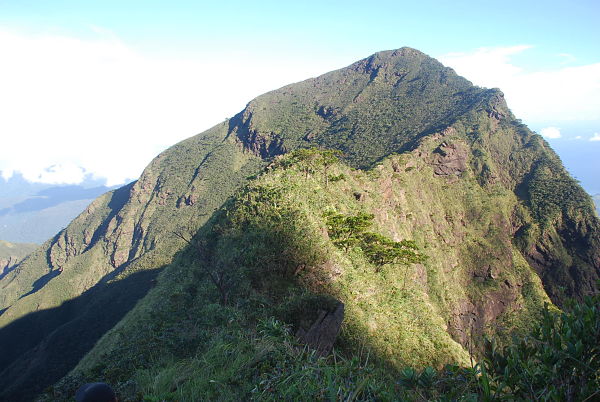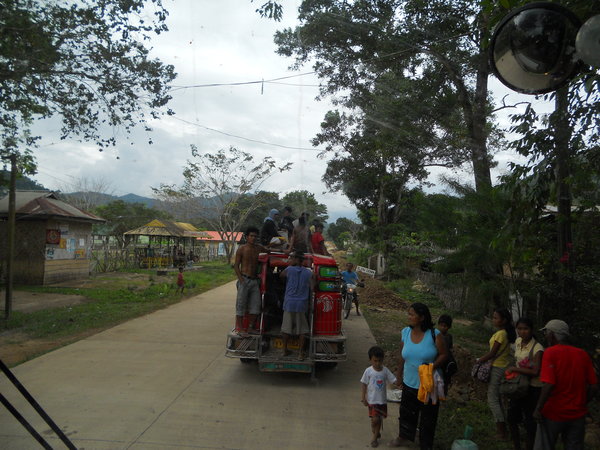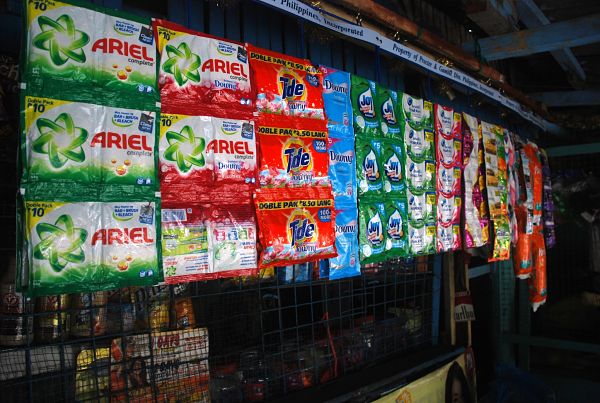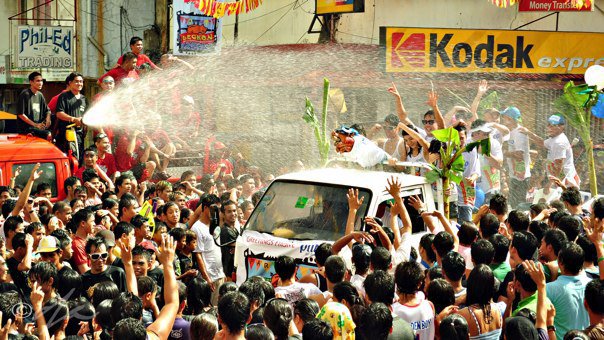The observance of the Holy Week is part of the Christian celebration of the Lenten season. Traditionally, Lent lasts for forty days, coinciding with the time Jesus spent fasting in the desert. This cycle, however, is calculated differently depending on the Christian denomination. The Holy Week is the last week of Lent, and the week before Easter. Most Christian denominations count the start of the Holy Week during Palm Sunday and continue on until Holy Saturday right before Easter Sunday.
The date of Lent and Easter are not fixed, which means that Holy Week dates also change each year. Holy Week typically falls sometime around the third and fourth week of March up to the first and second week of April.
In 2014, Holy Week will begin on Palm Sunday, April 13 and end on Holy Saturday, April 19.
Catholic Holy Week
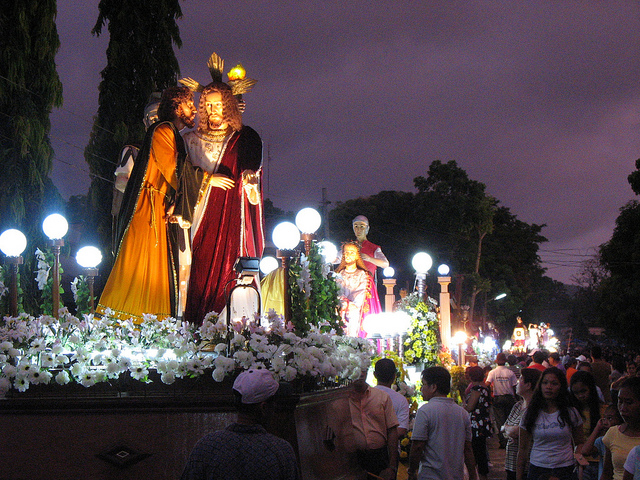
The Roman Catholic Church begins Holy Week on Palm Sunday. Catholics attend mass on this day carrying palm leaves to be blessed. This practice echoes the arrival of Jesus in Jerusalem, where he was met with people waving palm leaves in welcome.
Holy Monday, Holy Tuesday and Holy Wednesday do not seem to have any particular events associated with them. On Holy Thursday, private celebrations of the Mass are forbidden, and the only mass celebrated on this day is the one that marks the Easter Triduum, or the three days before Easter. This mass is known as the Mass of the Lord’s Supper and represents the Last Supper in the Bible.
Good Friday is traditionally celebrated by Catholics as a day of fast. One full meal is allowed, and only dishes made with fish or vegetables are allowed. On this day, merrymaking and doing leisurely things are also discouraged, as this day marks Jesus’ crucifixion and death. Holy Saturday commemorates the day when Jesus’ body was laid to rest in the tomb. This day is separate from Easter Saturday, which is the Saturday after Easter Sunday.
Easter Sunday
Easter Sunday marks the Resurrection of Jesus Christ, and is the main day of joyous celebration for Christians. It also marks the start of Eastertide, or the Great Fifty Days, which is from Easter Sunday to Pentecost Sunday.
Holy Week in Southeast Asia
Despite being predominantly of the Buddhist, Hindu and Muslim faith, Southeast Asia has its share of Catholic and Christian holidays, particularly in the countries that experienced a lengthy occupation of European colonizers. Many countries observe the celebration of the Holy Week but in small concentrations, and not all places recognize it as a public holiday.
In Malaysia, the observance of Holy Week is strong in Malaka, while Good Friday is a state holiday in the Sabah and Sarawak states.
Singapore’s Christian population is somewhat bigger, and the government recognizes Good Friday, Holy Saturday and Easter Sunday as national holidays (link to Singapore holiday calendar article, if it’s up). It is business as usual for most establishments, but services and some traditional celebrations occur in Christian communities across Singapore.
Thailand and Vietnam both have a small population of Christians, so the holidays pass by relatively unnoticed by the general population. However, Catholics in the capital city Ho Chi Minh celebrate Lent with traditional processions and church services.
Holy Week in the Philippines
Holy week in the Philippines is a major event and begins on Palm Sunday. People flock to the churches in droves to have palm fronds blessed, a symbol to ward off evil and protect homes from lightning strikes. While Holy Monday, Holy Tuesday and Holy Wednesday pass quietly, the country marks Holy Thursday and Good Friday as national holidays. Government offices and most private businesses are closed on these days. Many people travel back to their hometowns during this long weekend. To many Filipino families, Holy Week is a time for vacation and reunions.
Various activities are held throughout the Holy Week, among of which are street processions that stop at pre-arranged homes representing a Station of the Cross. Some hold a live performance of the Passion of Christ, known locally as Sinakulo. Many people perform sacrifices, such as giving up eating meat or certain favorite foods, for the Holy Week. Many devotees, mostly male, perform self-flagellation or crucifixion as their pilgrimage.
Sacrifices
The Holy Week culminates the events around the adult life of Jesus Christ, particularly from his arrival in Jerusalem up to his death and resurrection. To the faithful, it is about his sacrifices and his troubles, and his death that atones for the sins of man. Devotees emulate this life during this time, abstaining from eating meat, merrymaking or giving up one thing that they enjoy doing.
Photo by kamerakamote
